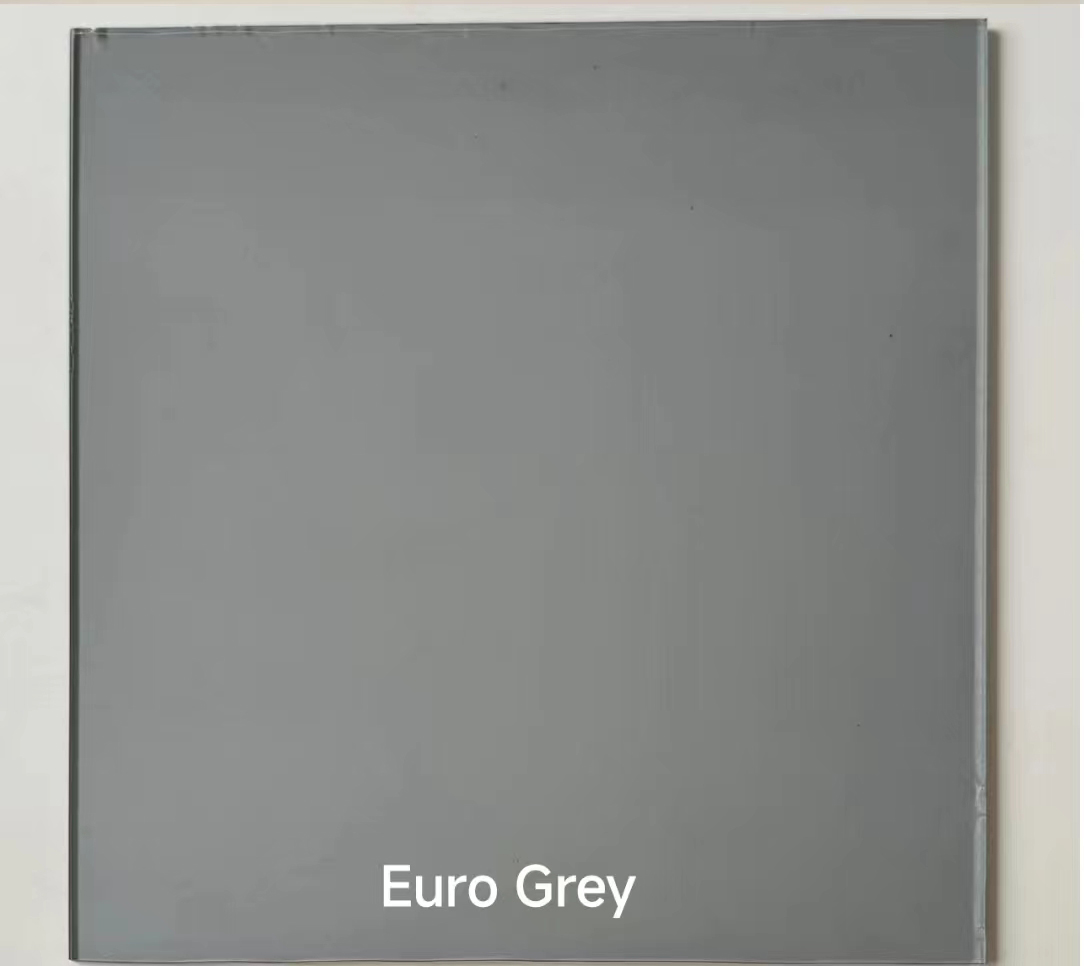

Understanding Dual Low-E Glass Enhancing Energy Efficiency and Comfort
In recent years, the importance of energy efficiency in buildings has become increasingly paramount. Among various innovations designed to improve thermal performance, dual low-emissivity (Low-E) glass has emerged as a popular choice for homeowners and builders alike. This article delves into the characteristics, advantages, and applications of dual low-E glass, emphasizing its role in promoting sustainability and comfort in contemporary architecture.
What is Dual Low-E Glass?
Dual low-E glass consists of two layers of low-emissivity coating applied to the surface of insulated glass units. This coating is designed to minimize the amount of infrared and ultraviolet light that can pass through the glass without compromising the amount of visible light transmitted. By reflecting heat back into a building during winter and blocking excessive heat during summer, dual low-E glass significantly enhances thermal comfort.
The Science Behind Low-E Glass
Low-E glass is produced by applying a thin metallic coating to the glass surface. It is this coating that reflects thermal energy. Unlike standard glass, which allows most heat to pass through, low-E glass selectively permits light while reflecting heat. In dual low-E configurations, one layer typically focuses on reflecting heat back into the building, while the other may emphasize blocking the sun's heat. This dual functionality makes it particularly useful in climates with extreme temperature variations.
Benefits of Dual Low-E Glass
1. Energy Efficiency One of the most significant advantages of dual low-E glass is its energy efficiency. By limiting heat transfer, buildings equipped with this glass require less energy for heating in winter and cooling in summer. This can lead to substantial savings on energy bills over time.
2. Enhanced Comfort Dual low-E glass helps maintain a more consistent indoor temperature. This results in a comfortable living or working environment, reducing the discomfort often associated with drafts or hot spots near windows.
3. UV Protection Besides energy efficiency, dual low-E glass also provides protection against harmful ultraviolet rays. This feature is particularly beneficial for preserving furniture, carpets, and artworks, which can fade or deteriorate with prolonged sunlight exposure.

4. Noise Reduction The added insulation properties of dual low-E glass can also contribute to noise reduction. The insulating gap between the panes dampens sound transmission, making homes and offices quieter and more serene.
5. Aesthetic Versatility Dual low-E glass can be used in various architectural styles without compromising aesthetics. It is available in different finishes and can be tailored to meet specific design requirements.
6. Sustainability As more people seek to reduce their carbon footprint, dual low-E glass offers a sustainable solution. By decreasing reliance on heating and cooling systems, it helps lower greenhouse gas emissions associated with energy consumption.
Applications of Dual Low-E Glass
Dual low-E glass is versatile and can be incorporated into various types of buildings, including residential, commercial, and institutional structures. Here are some common applications
- Residential Windows Homeowners increasingly choose dual low-E glass for new windows or window replacements to enhance energy efficiency and comfort. - Skylights and Roof Windows In homes with skylights, dual low-E glass can help reduce solar heat gain while allowing natural light to flood the space.
- Commercial Buildings Office buildings use dual low-E glass in their facades to achieve a modern look while maximizing energy efficiency and occupant comfort.
- Curtain Walls High-rise buildings often utilize dual low-E glass in their curtain walls, combining aesthetic appeal with superior thermal performance.
Conclusion
In a world increasingly focused on sustainability and energy efficiency, dual low-E glass stands out as a remarkable innovation. With its ability to improve energy efficiency, enhance comfort, and provide protection from UV radiation, it serves as an integral component in modern building design. Whether in residential or commercial applications, dual low-E glass offers numerous benefits that align with the goal of achieving sustainable living spaces. As technology continues to advance, the evolution of low-E glass technology promises even greater efficiency and design possibilities, paving the way for a greener future in architecture.